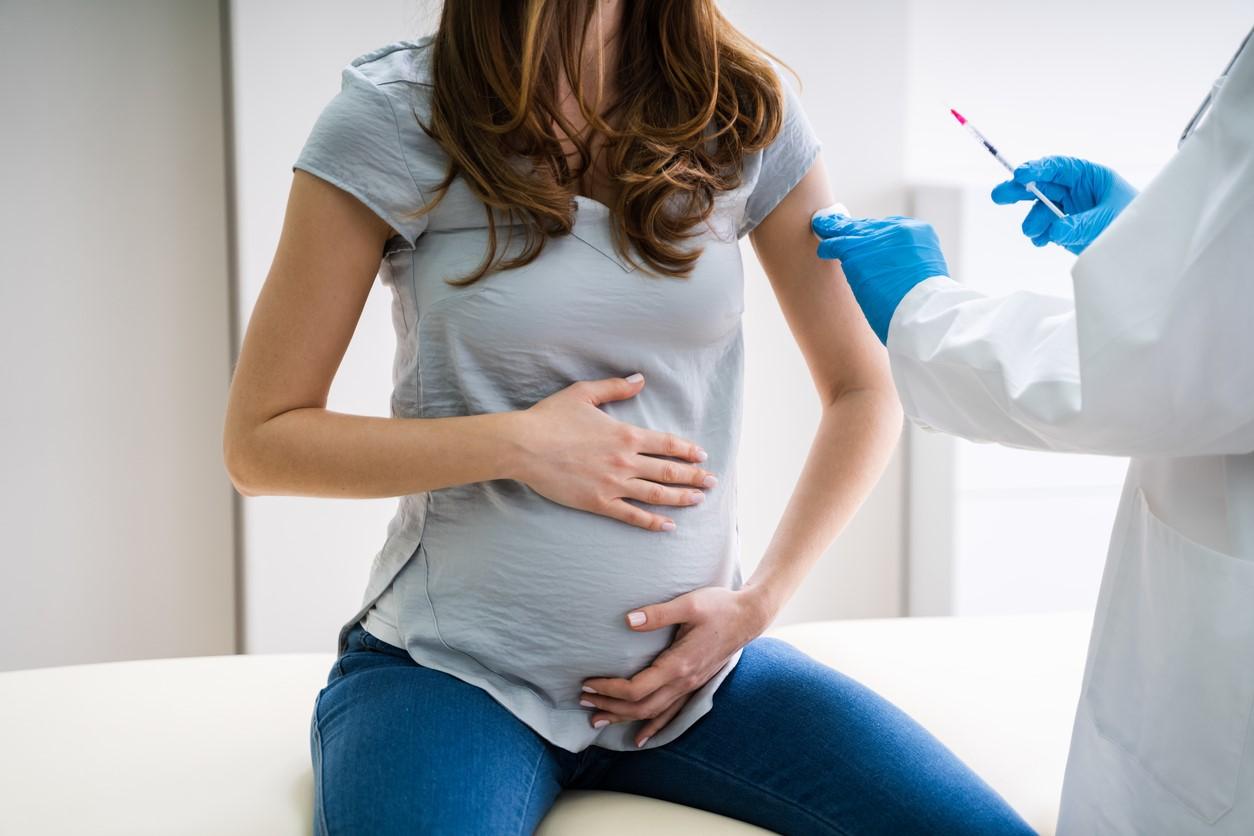
A novel, low-cost, rapid point-of-care test for gonorrhea met sensitivity and specificity requirements in symptomatic male and female patients in South Africa, a team of US, South African, and Swiss researchers reported yesterday in The Lancet.
In a cross-sectional study conducted at clinics in South Africa, researchers evaluated the performance of the novel Neisseria gonorrhoeae lateral flow assay (NG-LFA) in men with urethral discharge and women with vaginal discharge. While molecular tests are widely used to diagnose gonorrhea and other sexually transmitted infections in high-resource settings, the cost and lack of laboratory access available make them not feasible for lower-resource settings. And without access to affordable diagnostic tests, men and women with symptoms of gonorrhea in the settings are typically treated with an empiric combinations of antibiotics.
To meet the requirements of the World Health Organization and the Foundation for Innovative Diagnostics, NG-LFA needs to cost less than $3 and demonstrate a minimum turnaround time of less than 30 minutes, a sensitivity of higher than 80%, and specificity greater than 95%. The optimum requirement was a turnaround time of 20 minutes or faster, sensitivity of at least 90%, and specificity greater than 98%.
The researchers tested specimens from 400 patients with both NG-LFA and the Xpert CT/NG polymerase chain reaction (PCR) assay, and conducted N gonorrhoeae multi-antigen sequence typing (NG-MAST) on all positive specimens.
High accuracy, rapid detection
NG-LFA sensitivity was 96.1% in urine specimens and 91.7% in vaginal swab specimens, and specificity was 97.2% in urine specimens and 96.3% in vaginal specimens. In 156 LFA-positive specimens, NG-MAST showed 93 different sequence types. The turnaround time met the minimum requirements.
"This study demonstrates that the novel NG-LFA was highly accurate for the rapid detection of N gonorrhoeae in symptomatic male and female patients at the primary health-care level in South Africa," the study authors wrote.
They add that with its ease of use, accuracy, and low cost, NG-LFA should provide a "major step forward" in optimizing syndromic management of gonorrhea and reducing unnecessary antibiotic use in low- and middle-income countries.



















